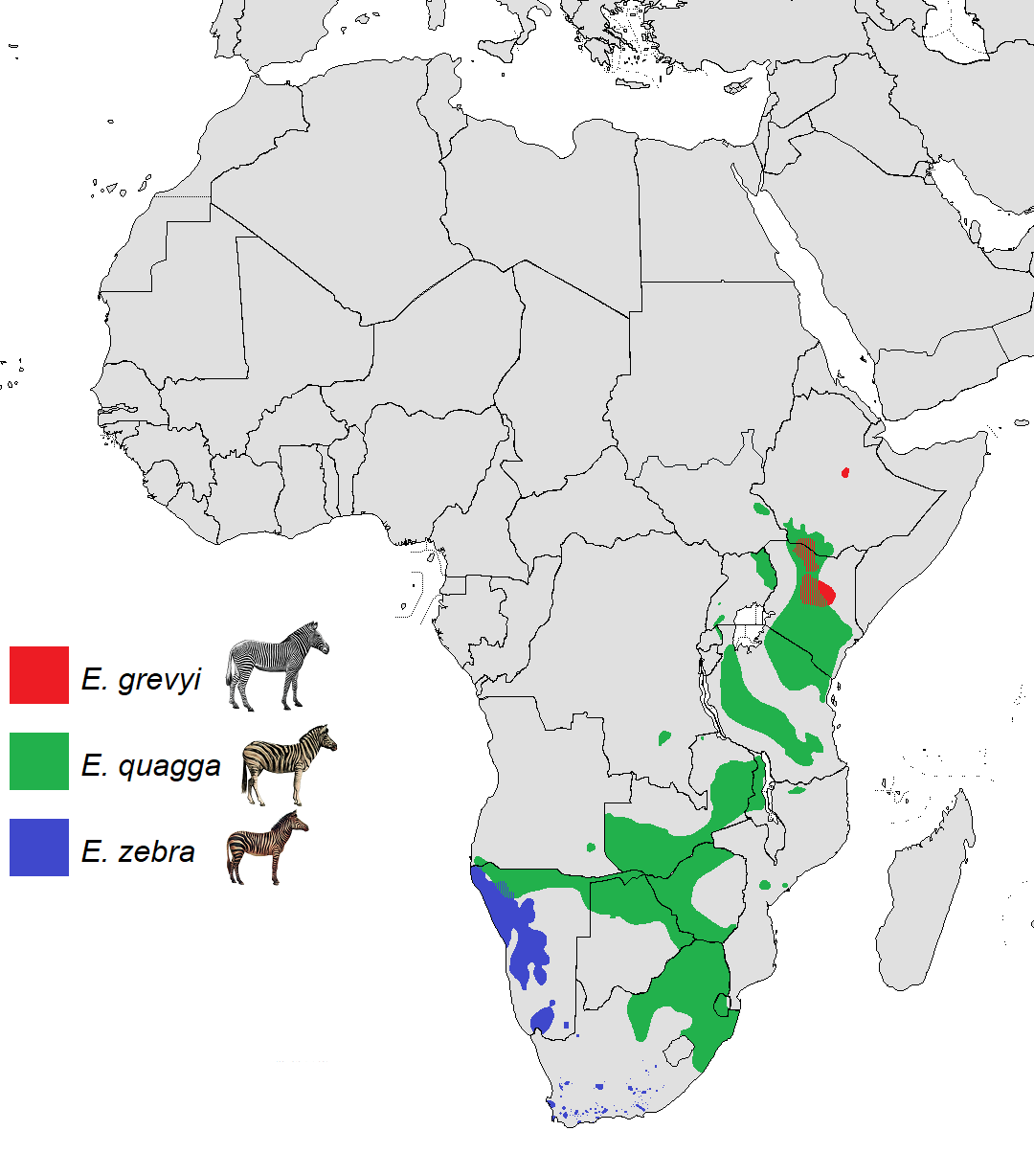Think it through. If the legs get shorter and shorter, when are they too short to run properly?
When do the fins start growing?
How does a swimming Zebra with very short legs catch anything in the water?
Why do you think that fins are required before an animal is able to survive well in the water? You do know there are intermediate stages, right? And they don't require long legs OR fins.
And why do you apparently think that only one trait can change at a time?
Upvote
0

